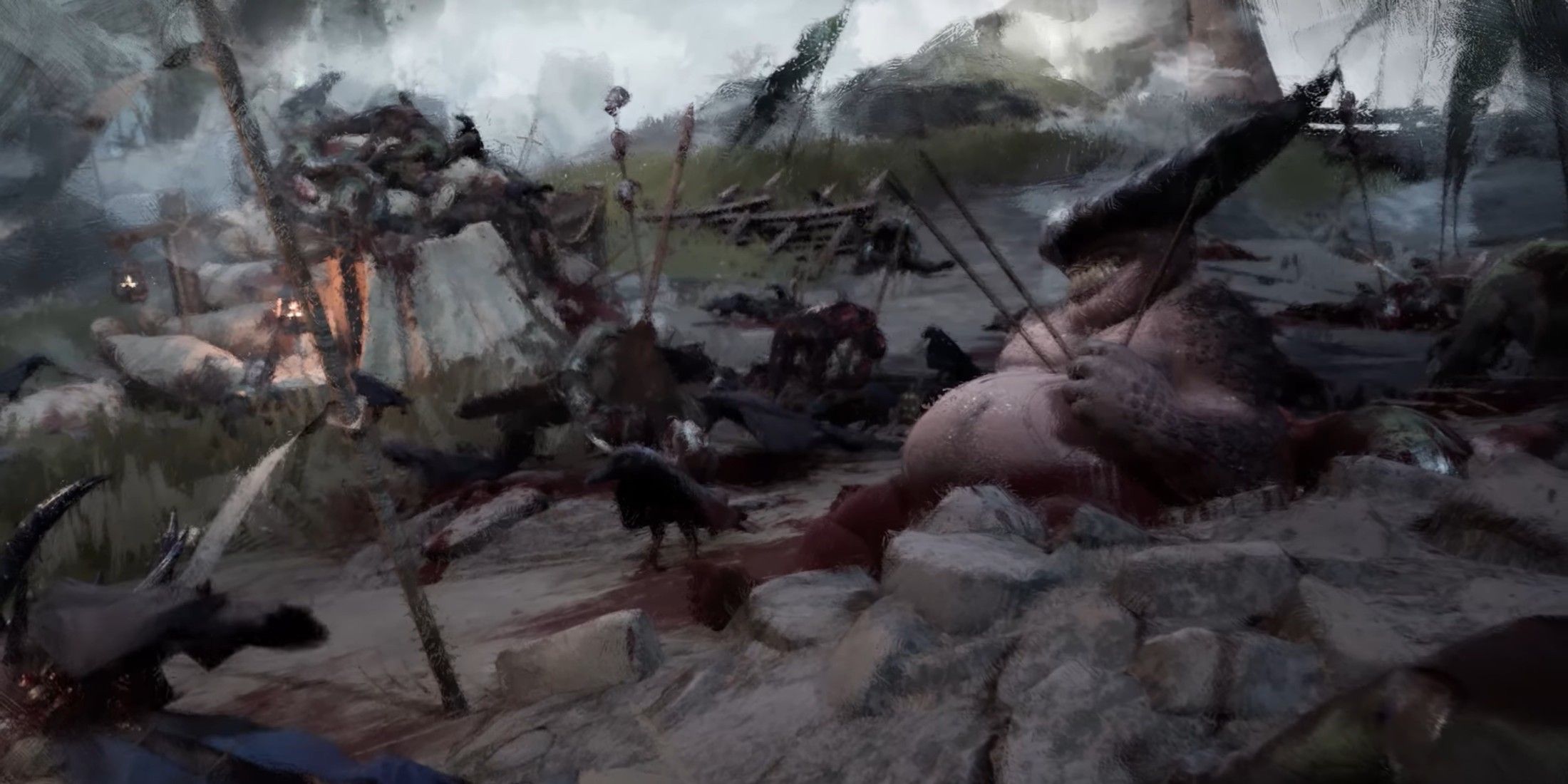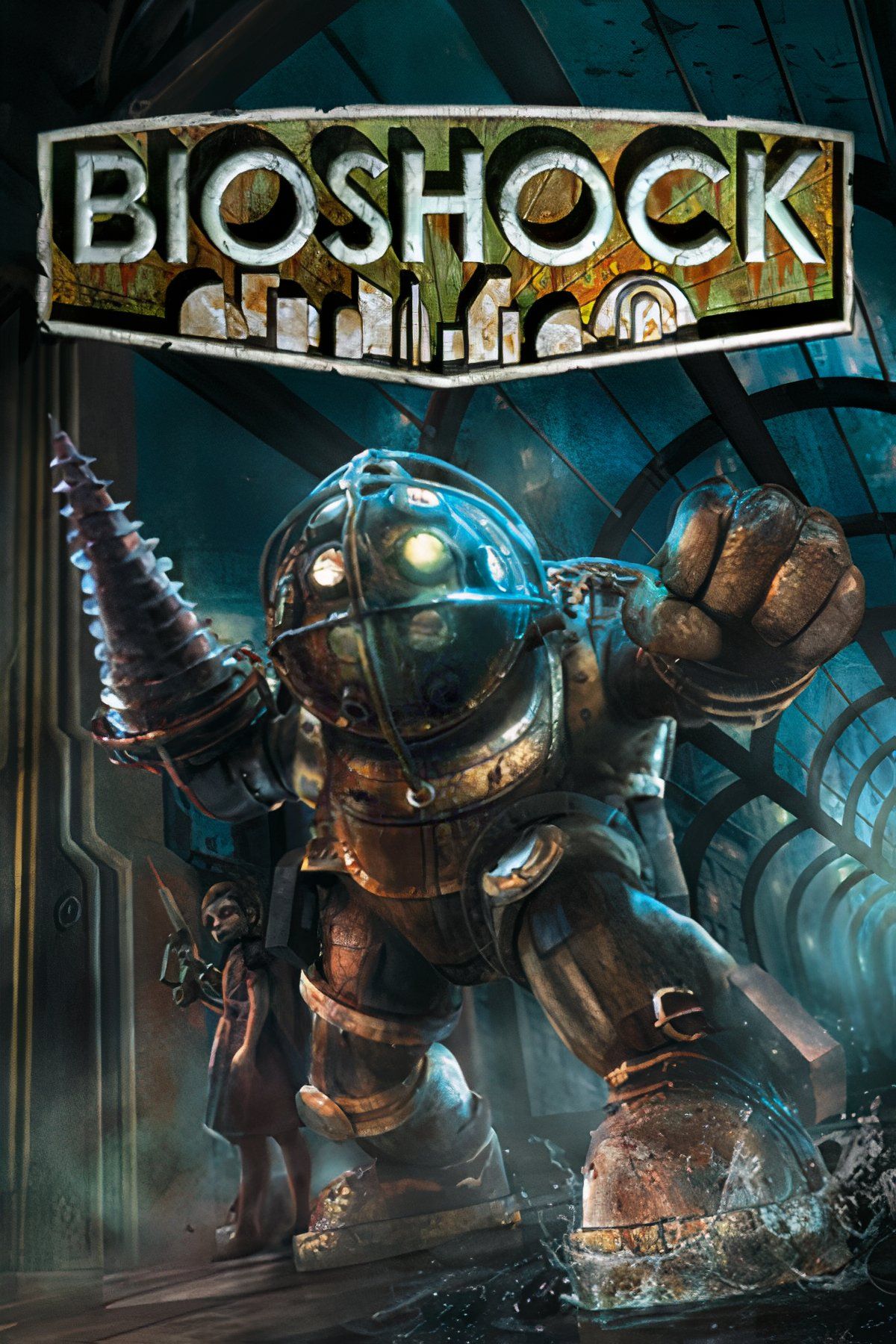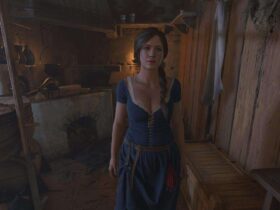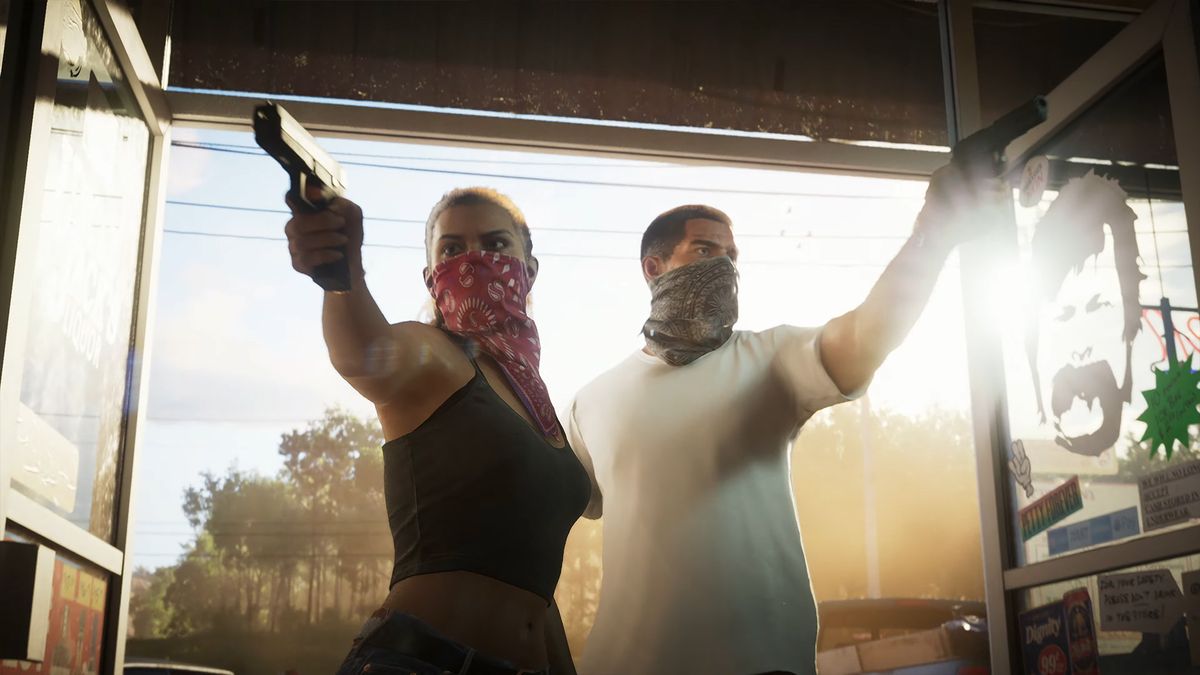It’s been a long time since BioShock 4 was talked about in any official capacity. All the way back in December 2019, publisher 2K officially confirmed that a new BioShock entry was in development at new studio, Cloud Chamber. It’s been almost total radio silence since then, with no official news coming from either Cloud Chamber or 2K aside from a handful of job listings from last year that simply confirm the sequel is still in active development.
There’s a lot that fans don’t know about BioShock 4, but the sequel seems to be in good hands. Though Cloud Chamber is a new studio, it’s home to several BioShock alums, such as Hoagy de la Plante, a lead environment artist on the first two BioShock games, who will serve as BioShock 4‘s creative director. As such, BioShock 4 will hopefully feel like an authentic BioShock experience, but it has the opportunity to be something greater than just a continuation. It has the opportunity to finally give the series its full-circle moment.

Related
How the Developers Behind Bioshock and Borderlands Are Crafting a New Fantasy IP With Wartorn
In an interview with Game Rant, Stray Kite CCO and Bioshock lead designer Paul Hellquist spoke on the world of the upcoming roguelite RTS Wartorn.
It’s Time for BioShock 4 To Go Full Circle With Its Inspirations
The Original BioShock Was Heavily Influenced by Immersive Sims
A fairly big name in the modern gaming landscape, Ken Levine was instrumental in the development of the BioShock trilogy, being the creative lead, director, and lead writer on BioShock and BioShock Infinite. But before Levine worked on BioShock, he had a hand in creating some of the most revered immersive sims of all time.
In the mid-1990s, Ken Levine was hired by Looking Glass Studios, where he worked on Thief: The Dark Project, a game renowned for being an early pioneer of the immersive sim genre. Levine then founded Irrational Games alongside former Looking Glass developers Robert Fermier and Jonathan Chey in 1997, and the studio’s first project was System Shock 2, another incredibly influential entry in the immersive sim genre. Naturally, when it came time to make BioShock, Levine was heavily inspired by the series he had worked on previously, leading to BioShock embracing a few immersive sim qualities.
BioShock Was Never a True Immersive Sim
But BioShock is far from a true immersive sim, at least by today’s standards. While BioShock‘s iconic Rapture setting is thoroughly immersive, and the game’s Plasmid system gives players some creative ways to dispatch enemies, the game’s general level design is very linear, as is its narrative. Players are given little freedom in how they can approach objectives, with most resulting in a firefight regardless.
It’s The Perfect Time for BioShock 4 to Embrace its Immersive Sim Roots
Though its strive for realism can be off-putting for mainstream audiences, the immersive sim genre has seen a resurgence recently thanks to high-profile titles like Indiana Jones and the Great Circle and Kingdom Come: Deliverance 2. Both of these games offer a great deal of player-freedom, a set of non-linear objectives, and an incredibly immersive world for players to explore.
It might finally be time for the BioShock series to lean all the way into its immersive sim roots. BioShock 4 should offer large open-ended, interconnected areas for players to freely explore at their own pace, along with multiple ways to complete objectives and a diverse toolset that reinforces player-expression. Delivering this would go a long way in making BioShock 4 feel like a proper evolution of the series and not just a mere continuation.















Leave a Reply